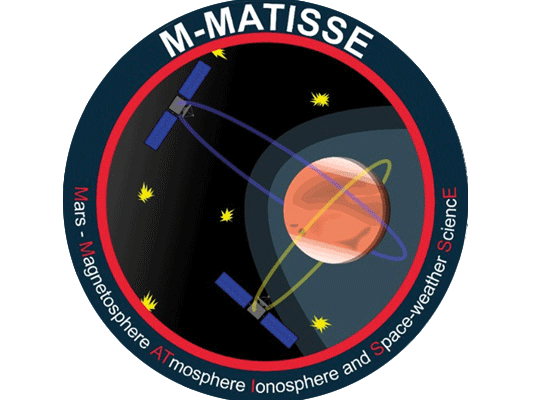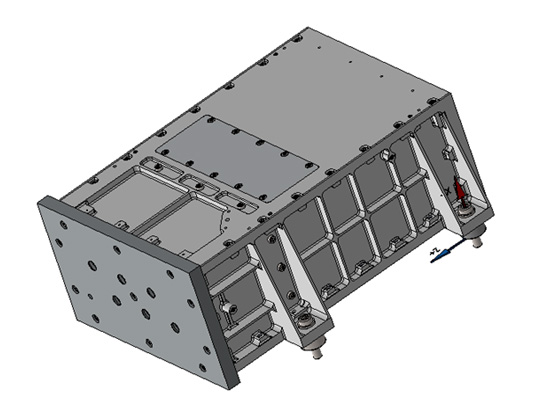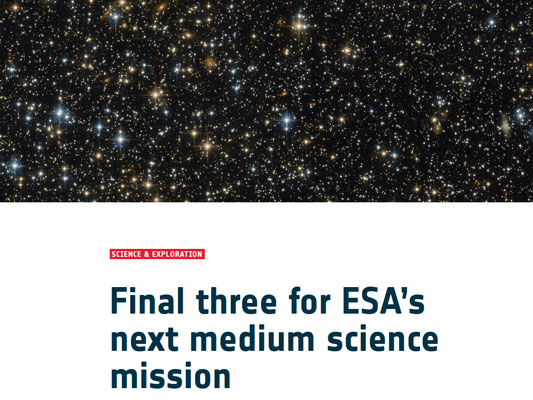The space science community has narrowed down the shortlist for ESA’s next ‘medium’ mission to three finalists: M-Matisse, Plasma Observatory and Theseus. Following further study, one will be selected for implementation as the newest addition to ESA’s space science mission fleet.
M-Matisse would study Mars using two spacecraft, each carrying an identical set of instruments to observe Mars simultaneously from two different locations in space. In particular, M-Matisse would shed light on how the solar wind influences Mars’s atmosphere, ionosphere and magnetosphere. The mission aims to investigate the impact of these interactions on Mars’s lower atmosphere and surface, which is a key aspect to understand the Red Planet’s habitability, as well as the evolution of its atmosphere and climate.
Source and credits: ESA, JAXA, PMOD/WRC




